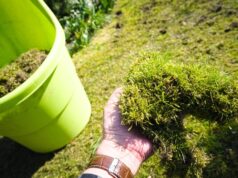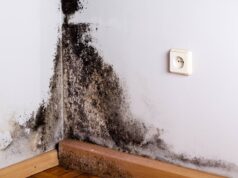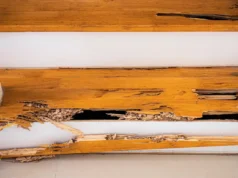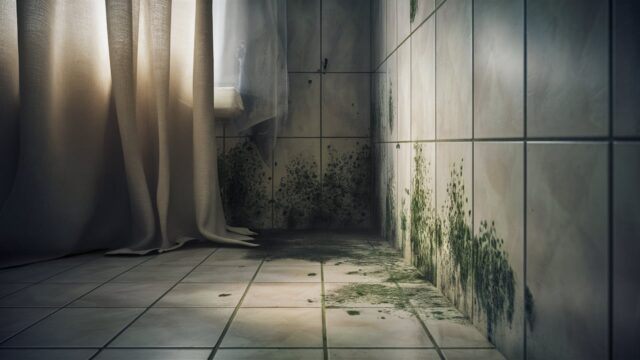
Are you concerned about mold in your home or office and unsure of how to prepare for a professional mold inspection? Mold can have serious health implications and its important to address any concerns promptly. Fortunately, there are three key steps you can take to ensure you are ready for a professional mold inspection.
By following these steps, you can help to expedite the inspection process and potentially identify and address any mold issues before they become more serious. Read on to learn more about how to get ready for a professional mold inspection.
1. Assessing Your Property for Mold Growth
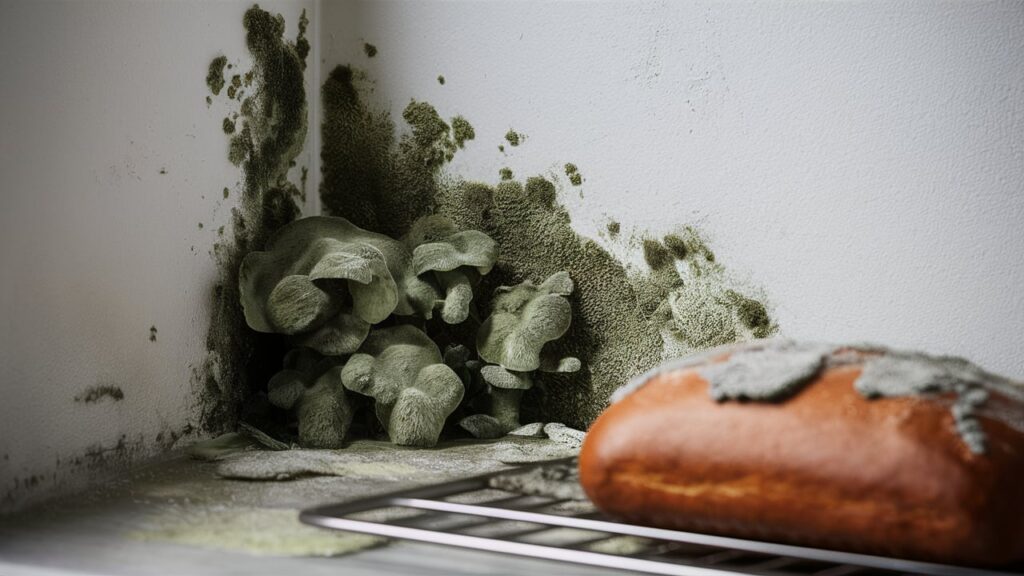
Before scheduling a professional mold inspection, its essential to carefully assess your property for any signs of mold growth. Start by visually inspecting areas that are prone to moisture, such as bathrooms, kitchens, basements, and attics.
Look for any visible mold, water stains, discoloration, or musty odors. Pay close attention to areas where water damage has occurred in the past, as mold thrives in damp environments.
Additionally, check for any leaks in plumbing or roof areas that could be contributing to mold growth. Taking the time to assess your property thoroughly will help the mold inspectors identify and address any potential issues more effectively.
2. Preparing Your Home for a Professional Mold Inspection
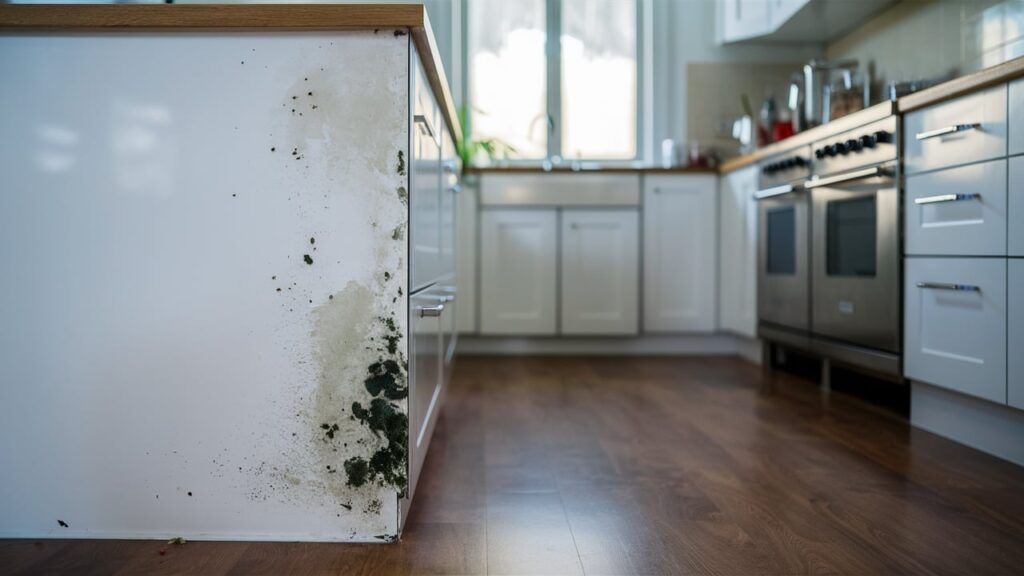
Before a professional mold inspection takes place, it is important to prepare your home to ensure the process goes smoothly and efficiently. Start by decluttering and cleaning all areas of your home, paying special attention to areas with moisture or water damage.
This will help the inspector easily identify any potential mold growth and determine the extent of the problem. Make sure all windows and doors are accessible and that all sources of water leakage or dampness are addressed beforehand.
Additionally, be prepared to provide the inspector with any relevant information about previous mold issues or repairs that have been completed in your home. By taking these steps to prepare your home, you can help the inspector accurately assess the situation and develop a plan for remediation if needed.
3. Hiring a Qualified Mold Inspection Specialist
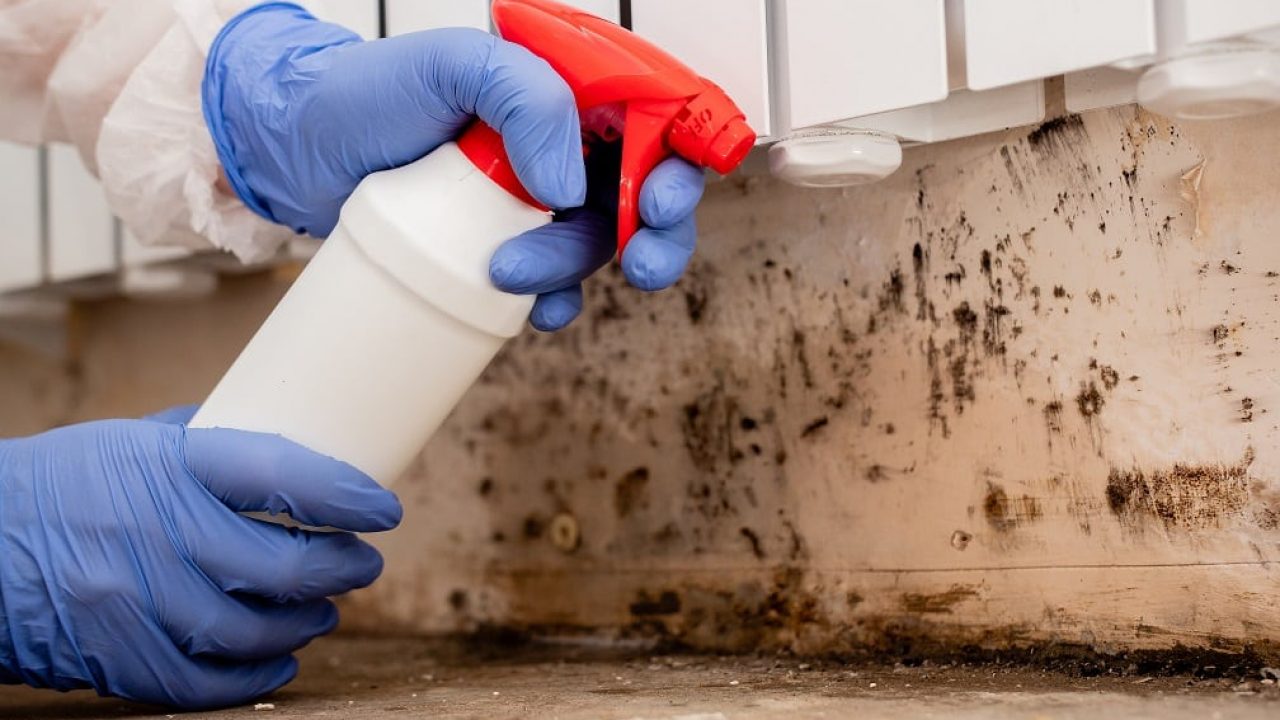
When preparing for a professional mold inspection, it is essential to hire a qualified specialist who has the knowledge and experience to thoroughly assess the situation. Look for an inspector who is certified and licensed in mold inspection, as this ensures they have the necessary training to accurately identify and remediate mold issues.
Additionally, choose an inspector who has a track record of successfully conducting mold inspections and providing thorough reports. By hiring a qualified mold inspection specialist, you can have peace of mind knowing that your home will be thoroughly examined and any mold problems will be properly addressed.
Conclusion
In conclusion, preparing for a professional mold inspection is essential for maintaining a healthy indoor environment. By following the three easy steps outlined in this article – scheduling an inspection, clearing clutter, and gathering necessary documents – homeowners can ensure that the process goes smoothly and effectively.
Remember to trust in the expertise of the mold expert who will be guiding you through the inspection, and take any necessary actions to address any mold issues that may be uncovered. With proper preparation and cooperation, you can be on your way to a mold-free living space in no time.



